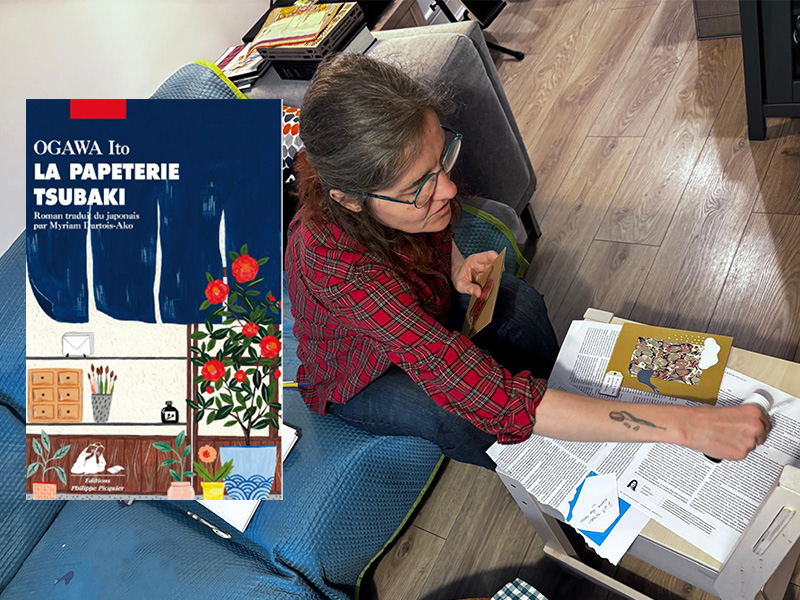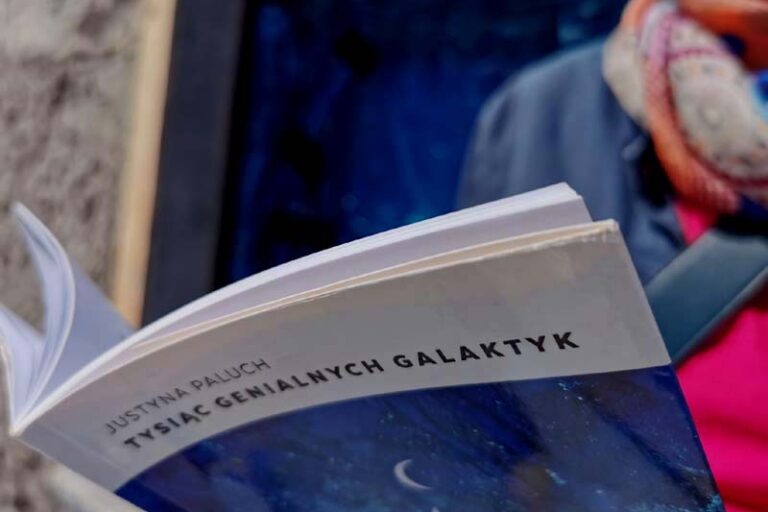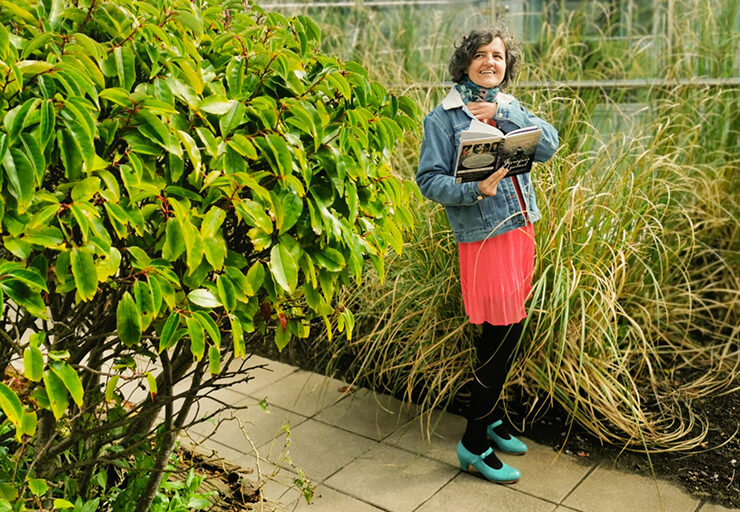This post is also available in:
 polski (Polish)
polski (Polish)
Rich is the one who is satisfied with what he has
Zen saying
I’m pausing for a moment my reading “Tsubaki Stationery Shop” because I can’t resist designing a few autumn cards for my sister and friends. From the very beginning, Ito Ogawa’s novel ignites my previously sidelined passion for letter writing and card making. Because it’s a story about a letter writer.
A young girl, Hatako, nicknamed Poppo (this nickname children use for pigeons in Japan), returns from Canada to live in her childhood home when she inherited her grandmother Tsubaki stationery shop in Kamakura. Kamakura is a historic town, full of temples, located on the island of Honshu, near Tokyo.
Although there’s no sign of it in the shop’s people know they can order letters there. A large camellia bush grows at the entrance to the shop, as if to protect the house.

Japanese camellia bush from WikipediaPoppo has her own morning rituals. When she gets up, she puts on a pot of green tea, and in the meantime sweeps the floor, and wet-mops it. It’s nice that when I get up at 4:30 a.m., after washing up, I go down to the kitchen, put on a kettle, and sweep the floor the same like Hatako
The novel, as befits Japanese literature, unfolds slowly with attention to detalis, taking in the ordinary. Besides the protagonist’s daily life in Kamakura, we also learn about Japanese culture.
As summer begins, Poppo goes to a temple to receive an oharaoisan talisman for the purification festival. It’s a circular decoration made of tied rice straw rope. She hangs it on the door to celebrate the summer purification festival.
We also explore Japanese cuisine. While reading, I developed a huge craving for white bean and pistachio pâté. I think I have to make it. 😉 Hatako likes going to restaurants and cafes. What’s cool is that he chooses not only the traditional ones, but also sometimes goes to Starbucks or an Italian restaurant. So the Japan presented in the book is contemporary Japan in everyday life.
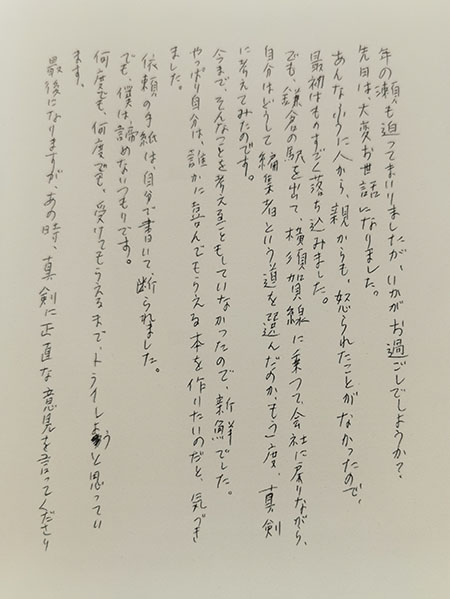
ilustartion from the bookHowever, the essence of the novel is, of course, letters and interpersonal relationships, as well as ways of coping with loss. Hatako writes letters on commission for those who can’t write but would like to express their emotions on paper. It’s undeniable that a letter conveys a deeper message than an email.
The soul dwells in written words – that’s the nature of writing.
The protagonist herself is sometimes surprised that people still care about traditional letters in the internet age.
Hatako uses a variety of tools to write letters. Primarily, nibs and various inks. But she also sometimes writes with a pen, but only a high-quality one. Traditionally, each letter is written differently depending on its intended message. For example, mourning is emphasized with lighter ink, which is meant to give the impression of being mixed with tears. For Hatako, as a letter writer, the most important thing is to empathize with the client and write the letter as if it were written by the person who commissioned it.
She writes a letter breaking up a relationship on hard parchment so it can’t be torn. I read with bated breath about the different types of paper, envelopes, and stamps. And it never occurred to me to roll one up.
If the envelope is the face of the letter, then the stamps are the lipstick.
Poppo chooses them very carefully, so as not to offend the recipient.
I admit that lately it’s been difficult for me to write a letter. Meanwhile, this book inspired me to get back to it. Because when I write by hand, I open up more, think, remember, and perhaps appreciate what I have more—or, as the Zen saying goes, I become richer.
My favorite part of the book was a letter written by a 5-year-old girl on a chocolate wrapper, with a drawing of tulips and the message on the back of the envelope: Top secret!
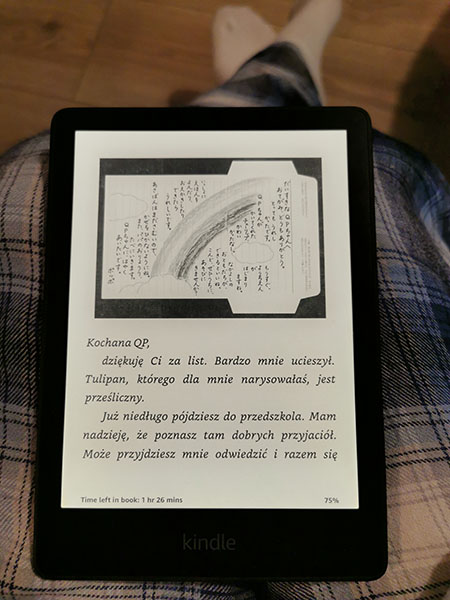
When I write a letter, I sometimes like to draw flowers in it, or highlight the recipient’s name in a special color.
And when I think about letters, I naturally think of my friend Justyna Paluch, who writes a lot of letters, even when she doesn’t have time for them. In a poem, she once wrote that if there were a profession for writing letters, she would definitely practice it. And such a profession exists in Japan.
My other friend who writes letters, like Poppo, with ink, is Daria. And of course, I have to mention Lilka. She supposedly doesn’t like writing by hand anymore, but sometimes she breaks down and turns out truly lovely letters.
The beauty of a hand writing does not reside in its regularity, but in its warmth, its light, the silence and serenity that mean from it.
Ito Ogawa

